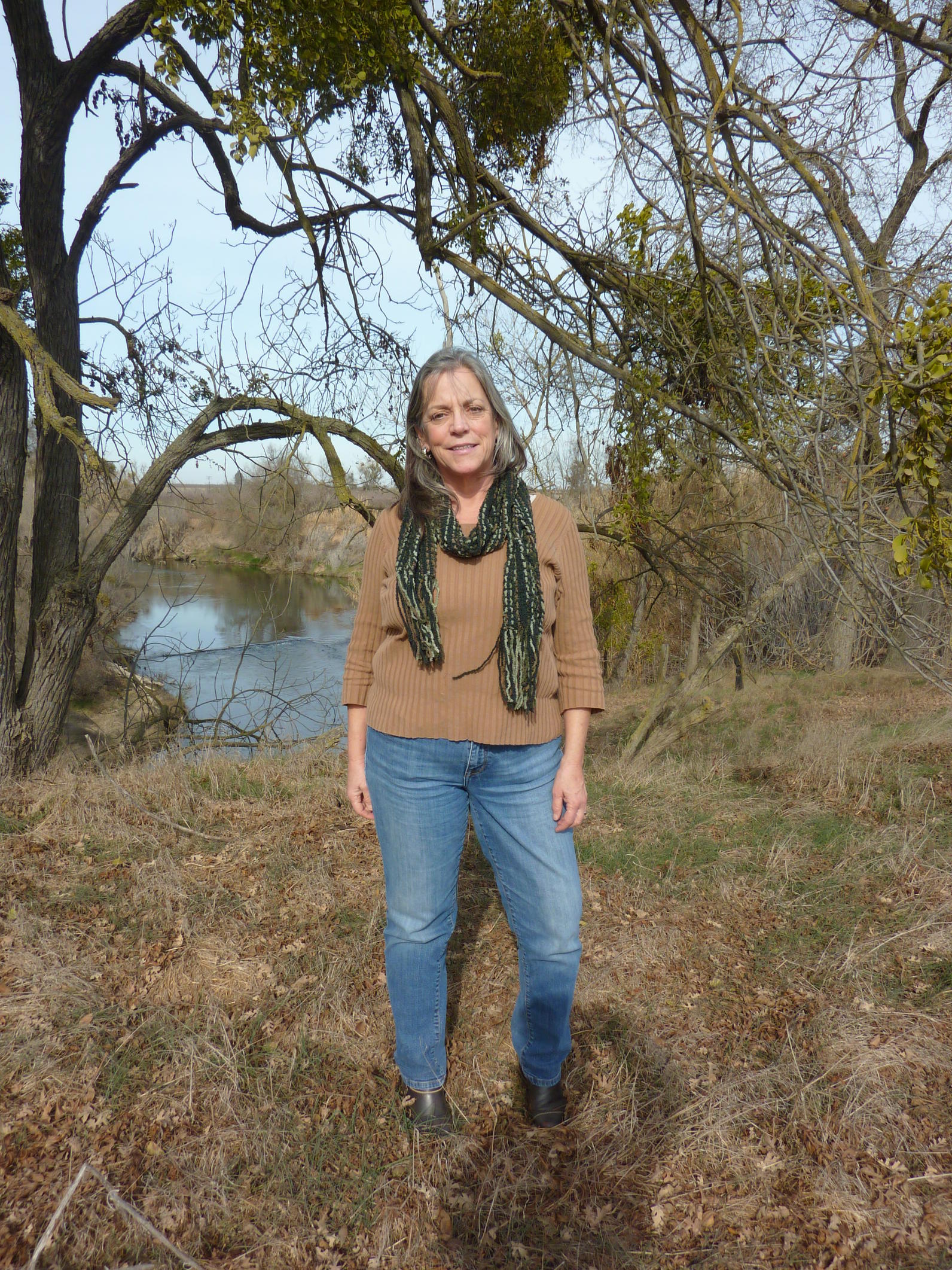Sandhill Crane
Latin: Antigone canadensis
A new model for conservation.
Sandhill Cranes Photo: Choktai Leangsuksun
California’s public lands play a vital role in the success and survival of millions of migratory birds. As birds make their perilous journeys across the Pacific Flyway, they need safe and reliable places to rest and eat. These protected lands provide access to food, water, and nesting habitat needed to sustain them along the way.
There are 34 National Wildlife Refuges in California that play a key role in supporting migratory birds. The Sonny Bono Salton Sea National Wildlife Refuge is one of the most important places for birds in North America, offering a rare spot for shorebirds to stop as they travel over large stretches of dry land.
Mono Lake and its surrounding ecosystem provide a diverse landscape, from marsh and meadow to sagebrush steppe and forest. It is ideal habitat for migrating birds, mule deer, and other big game species. In southern California, the Mojave Trails National Preserve and Joshua Tree National Park provide critical habitat for species such as the Burrowing Owl, Red-tailed Hawk, and Prairie Falcon.
So what do these regions have in common? They are all part of a network of large public lands corridors providing essential habitat along migratory flyways. When public lands are well-managed and kept healthy for migratory birds and other wildlife, they provide many benefits for people, such as clean air and water, economic opportunity, recreation, hunting, mental and physical health benefits. Plus, these intact lands buffer against the effects of climate change.
Right now, California is poised to be a national leader in public lands conservation, working at the intersection of climate change, energy production, land management, and wildlife conservation. Visit the StoryMap to see how.
Black-necked Stilt Photo: Logan Southall
Explore our new StoryMap, which identifies key migratory pathways and highlights the most important public lands in California for birds.
California is first in nation to commit to protecting 30% of our lands and waters by 2030.
By partnering with landowners, we can create lasting protections for birds.
Conservation ranching techniques create habitat and sequester carbon. Under a new bill, the state would pay ranchers to implement them.
Vital protections are needed for wetlands that depend on groundwater under the Sustainable Groundwater Management Act
Coalition of conservation and community groups says groundbreaking is positive step towards ending years of inaction at California’s largest lake.
Audubon science finds that two-thirds of North American birds are at risk of extinction from climate change.

This is Cindy Lashbrook, an organic farmer from Merced County. She partners with our Working Lands Program to create bird habitat on her property. Her dream is to one day have the threatened Yellow-billed Cuckoo subspecies live and breed on her land.
This Thanksgiving, send Cindy and other farmer bird heroes like her a thank you note. Click here to learn more.
Three years ago, this stretch of Highway 45 in Colusa County was a treeless, plantless, birdless, insectless Caltrans right-of-way. Thanks to the vision of the Sycamore Family Trust, Audubon California, USFWS Partners for Fish and Wildlife program, Colusa County Resource Conservation District, Colusa High School, and others, this is what it looked like yesterday.
Posted by Audubon California Working Lands Program on Thursday, November 5, 2015
Three years ago, this stretch of Highway 45 in Colusa County was a treeless, plantless, birdless, insectless Caltrans right-of-way. Thanks to the vision of the Sycamore Family Trust, Audubon California, USFWS Partners for Fish and Wildlife program, Colusa County Resource Conservation District, Colusa High School, and others, this is what it looked like yesterday.
About a week ago, Audubon California's staff and board visited the Salton Sea to see California's largest lake firsthand -- to see the birds and learn more about the many conservation challenges facing this vital stop on the Pacific Flyway. We grabbed a little video while we were there.
Our newsletter is fun way to get our latest stories and important conservation updates from across the state.
Help secure the future for birds at risk from climate change, habitat loss and other threats. Your support will power our science, education, advocacy and on-the-ground conservation efforts.
Join the thousands of Californians that support the proposed Chuckwalla National Monument.